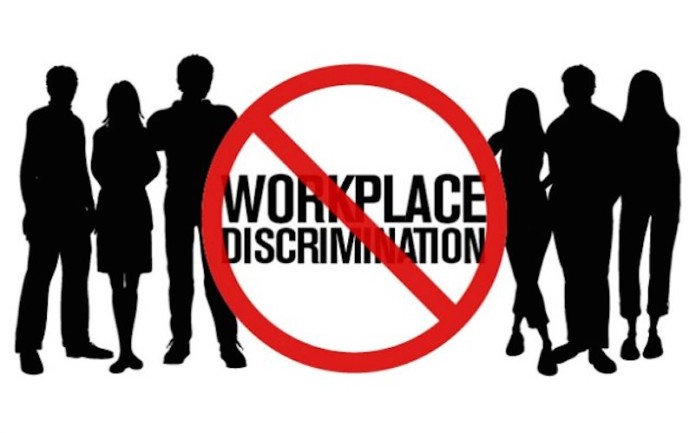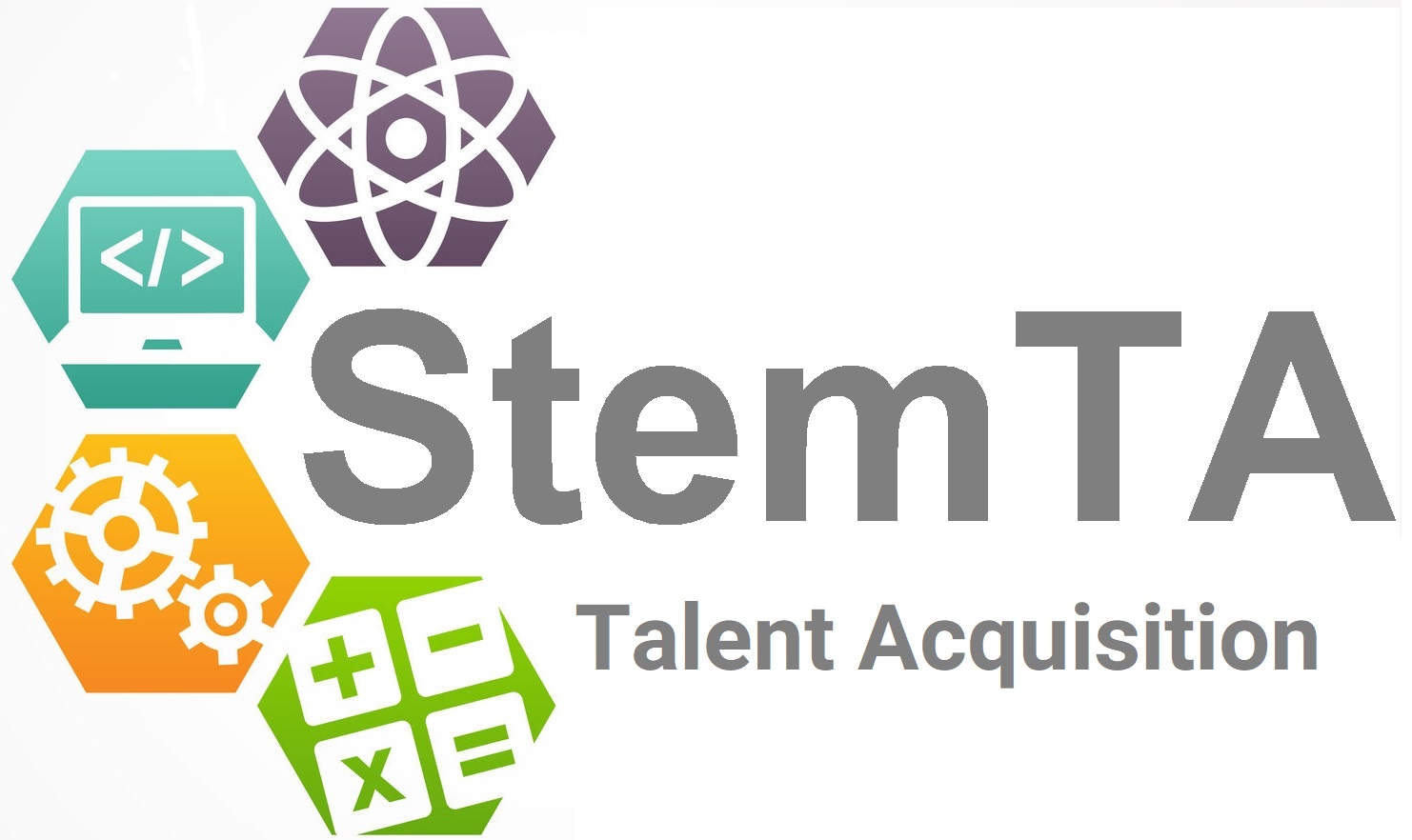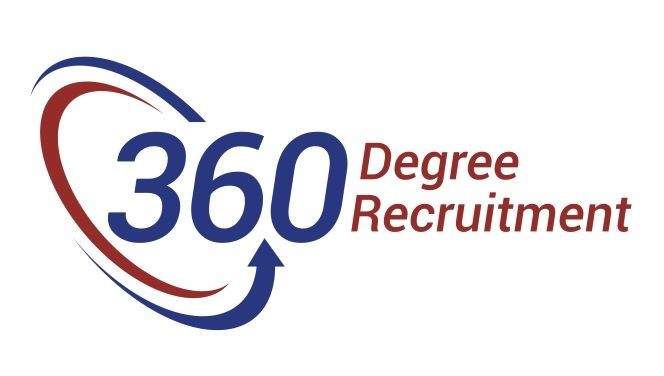Leveraging Artificial Intelligence for how to Detect Workplace Discrimination

Leveraging Artificial Intelligence for how to Detect Workplace Discrimination:
Examining the Pros and Cons
Discrimination in the workplace continues to be a pervasive issue, hampering employee well-being and hindering organizational growth. To combat this problem, an emerging solution has gained traction with how to Detect Workplace Discrimination: the use of artificial intelligence (AI) algorithms to detect and address workplace discrimination. While AI presents opportunities to uncover and rectify discriminatory practices, it also carries potential pitfalls that need careful consideration when evaluating how to Detect workplace discrimination. This article explores the positives and negatives of utilizing AI for how to detect workplace discrimination
The Positives:
- Objective Analysis: AI algorithms can assess vast amounts of data without bias or preconceived notions, enabling a more objective analysis of workplace practices. By removing human subjectivity, AI systems can identify patterns and discrepancies that might be overlooked by human observers.
- Increased Efficiency: AI algorithms can process and analyze data at a much faster rate than humans, enabling more efficient identification of discriminatory patterns and practices. This expedites the investigative process, leading to prompt interventions and resolutions.
- Uncovering Hidden Bias: AI algorithms have the potential to identify subtle and unconscious biases that may contribute to discriminatory practices. By analyzing large datasets, AI systems can reveal patterns and correlations that expose systemic biases and assist organizations in rectifying them.
- Standardization of Decision-Making: AI systems can apply consistent evaluation criteria to different cases, reducing discrepancies and inconsistencies in decision-making. This promotes fairness and ensures that all employees are treated equitably based on objective measures.
The Negatives:
- Biased Training Data: AI algorithms learn from historical data, which may perpetuate existing biases and discrimination present in the dataset. If the training data contains biased or discriminatory patterns, the AI system may inadvertently replicate these biases, exacerbating the problem.
- Lack of Contextual Understanding: AI algorithms struggle to comprehend the nuances and context that humans possess. Discrimination cases often require an understanding of social, cultural, and historical factors, which AI systems may overlook or misinterpret, leading to erroneous outcomes.
- Potential for Unintended Consequences: AI systems designed to detect discrimination may inadvertently generate new forms of bias or unfairness. For example, an algorithm that prioritizes certain protected characteristics could lead to reverse discrimination or unintended marginalization.
- Limited Accountability and Transparency: AI algorithms can be complex and opaque, making it challenging to understand how decisions are reached. This lack of transparency raises concerns about accountability, as affected individuals may struggle to challenge or question AI-generated outcomes.

Artificial intelligence offers promising potential for how to detect workplace discrimination, but it is crucial to approach its implementation with caution. While AI can provide objective analysis, uncover hidden biases, and expedite the identification of discriminatory practices, its limitations must be acknowledged. Biased training data, lack of contextual understanding, unintended consequences, and transparency concerns are all factors that must be carefully addressed to ensure fair and ethical use of AI in combating workplace discrimination.
Organizations and policymakers must work collaboratively to develop robust AI systems that are trained on diverse and representative datasets, account for contextual factors, and undergo regular audits to mitigate unintended biases. Moreover, transparency and explainability should be prioritized to enable affected individuals to understand and challenge AI-generated outcomes.
By striking a balance between leveraging AI’s capabilities and considering its limitations, we can harness technology as a valuable tool in creating more inclusive and equitable work environments, fostering diversity, and combating discrimination in all its forms.
Learn more about how to Detect Workplace Discrimination by contacting a Technology Recruiter at Stemta.com


